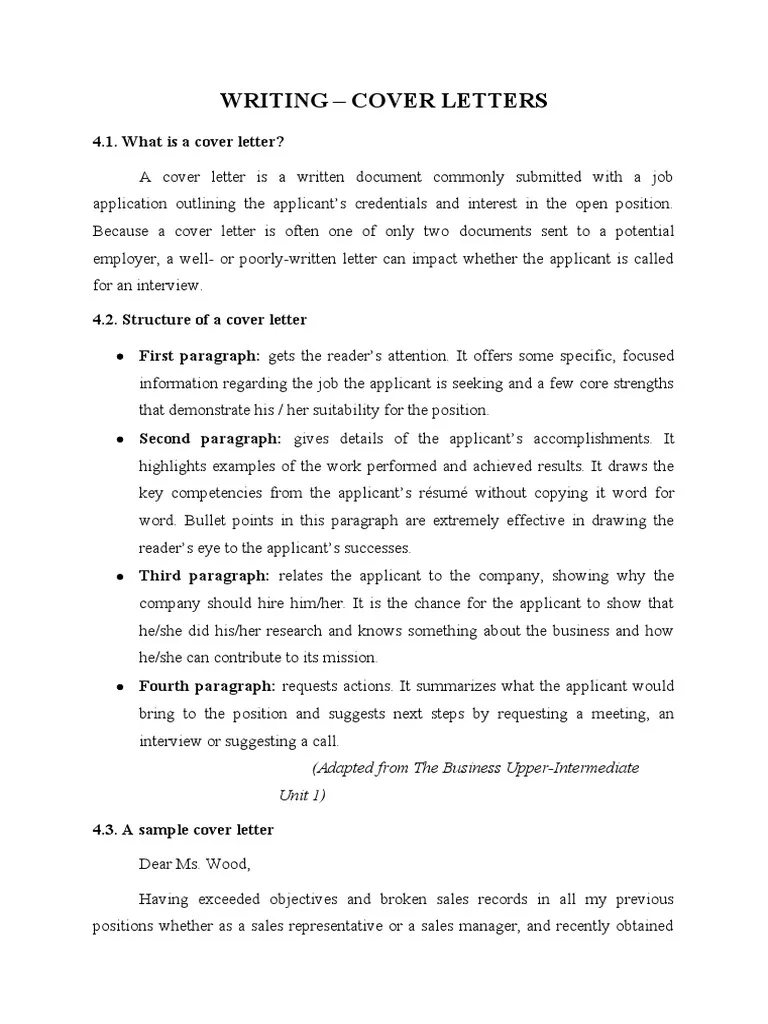Understanding Cover Letters
A cover letter is your first introduction to a potential employer, a chance to make a strong impression and demonstrate why you are the ideal candidate. It complements your resume by providing context, personality, and a deeper understanding of your qualifications. Think of it as a narrative that expands on your professional story, offering insights that a resume alone cannot. When written effectively, a cover letter can significantly increase your chances of securing an interview, setting the stage for future career success. Mastering the art of cover letter writing is, therefore, a critical skill for anyone looking to advance their career.
Why Cover Letters Matter
In a competitive job market, a cover letter is a crucial tool to differentiate yourself from other applicants. It allows you to showcase your unique selling points, emphasizing how your skills and experiences align with the specific requirements of the job. Many employers value cover letters as they provide insight into your communication skills, attention to detail, and genuine interest in the position and the company. Moreover, a well-crafted cover letter demonstrates your ability to articulate your value proposition, making a compelling case for why you should be considered for an interview. Neglecting this important aspect of your application could mean missing opportunities.
First Paragraph
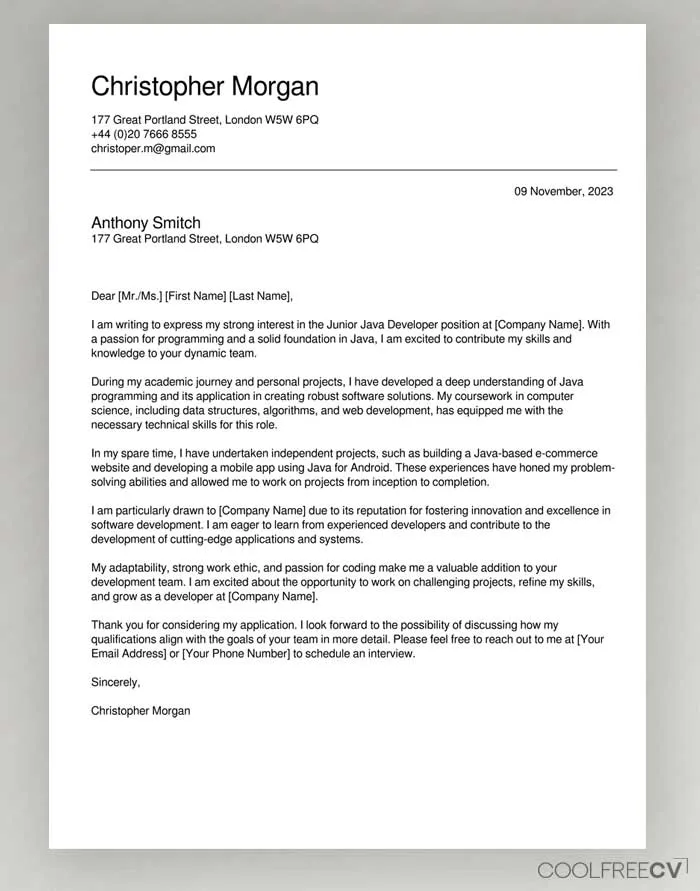
The first paragraph is your golden opportunity to capture the reader’s attention. It should immediately state the position you’re applying for, where you found the job posting, and a brief statement of your enthusiasm. Avoid generic openings. Instead, aim for a sentence that clearly communicates why you’re interested in the role and the company, making a direct connection between your qualifications and the job requirements. Consider referencing a specific aspect of the company that resonates with you or mentioning a mutual connection if applicable. This establishes a personal connection and sets a positive tone for the rest of your letter.
Highlighting Skills and Experience
The body of your cover letter is where you demonstrate how your skills and experiences directly align with the job requirements. This is not a mere repetition of your resume; it’s a chance to elaborate on your accomplishments and explain how you have applied your skills in past roles. Be specific, providing concrete examples of your successes. Quantify your achievements whenever possible – use numbers, percentages, or specific results to showcase the impact you’ve made in previous positions. Tailor this section to match the specific requirements of the job description, ensuring that the employer can easily see the relevance of your experience.
Key Skills to Showcase
Identify the key skills the employer is seeking. Review the job description carefully and highlight the skills that match your expertise. Be prepared to back up your claims with specific examples from your work history. Focus on the skills most relevant to the role – for example, if the job requires strong communication skills, provide an instance where you successfully communicated complex information clearly. Consider both hard skills (technical abilities) and soft skills (interpersonal and leadership qualities). Demonstrating a balance of both can set you apart from other candidates. Skills like problem-solving, teamwork, and adaptability are always in demand.
Quantifying Achievements
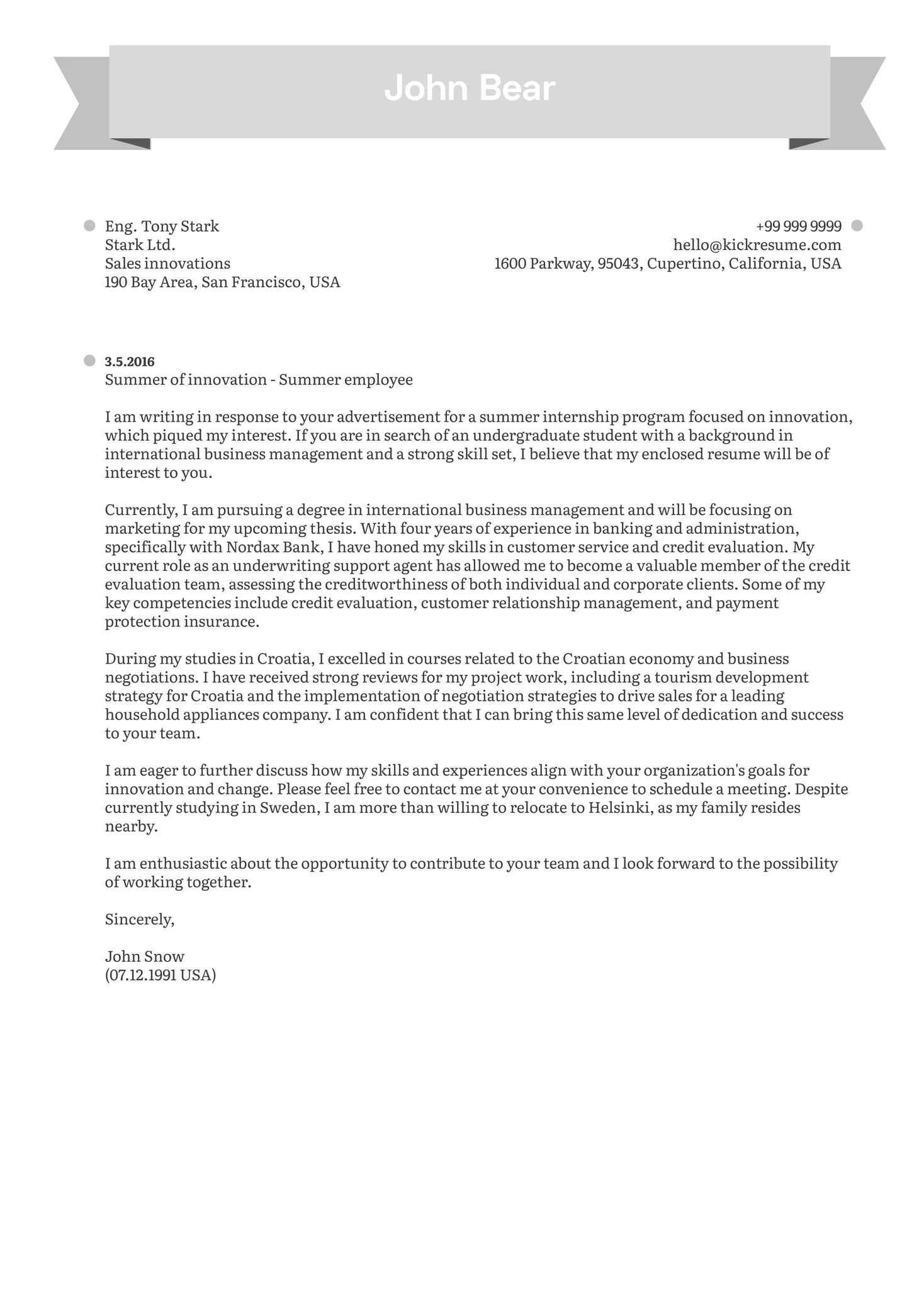
Use numbers, percentages, and specific results to demonstrate the impact of your work. Instead of simply stating you improved customer satisfaction, say that you ‘increased customer satisfaction scores by 15%’. When possible, quantify your accomplishments using measurable data. This provides concrete evidence of your capabilities, making your claims more credible and compelling. Think about how you have saved the company money, increased efficiency, or improved any key performance indicators (KPIs). This approach not only shows the value you bring but also highlights your understanding of business outcomes.
The Body Paragraphs
The body paragraphs of your cover letter should provide a narrative that demonstrates how your skills and experience align with the job requirements. Each paragraph should focus on a specific skill or experience, providing clear examples of how you have applied them in the past. Focus on what you have done and the impact of your actions. Make sure your examples are relevant to the job, tailoring your content to match the specific needs and goals of the company. This section is where you build a case for your candidacy, making it clear why you are the right fit for the role.
Linking Skills and Requirements
Carefully link your skills and experiences to the requirements outlined in the job description. This is the most crucial step in making your cover letter relevant. Use the job description as a guide and structure your paragraphs to address each key requirement. For each skill or experience, provide a brief description of what you did, how you did it, and what results you achieved. When you make the connection between your capabilities and the employer’s needs clear, your cover letter is more likely to resonate with the reader, significantly increasing your chances of getting an interview.
Tailoring to the Specific Job
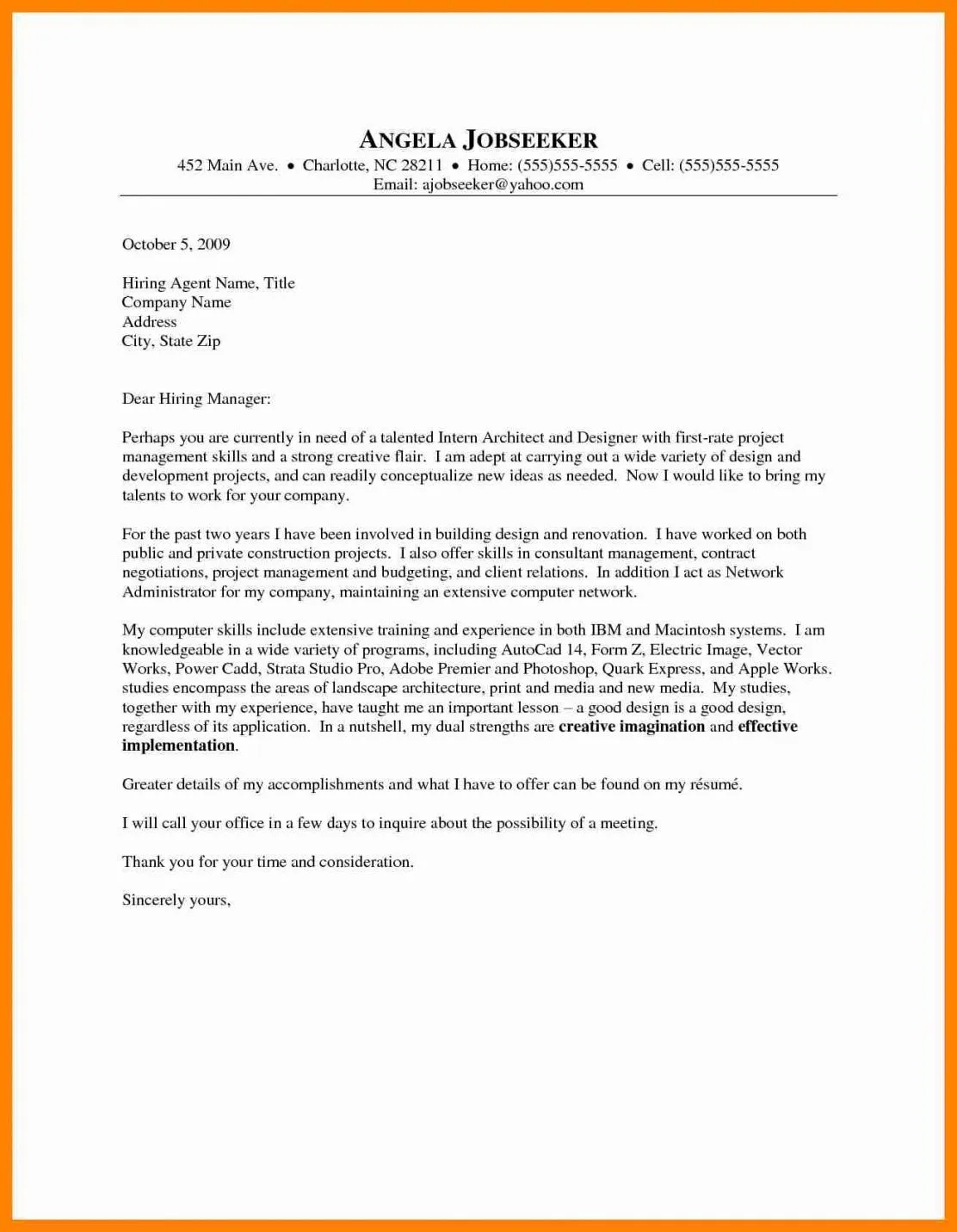
Avoid sending generic cover letters. Customize each one to the specific job and company. Research the company’s values, mission, and recent news. Address the cover letter to a specific person whenever possible. Highlight specific projects or initiatives that align with the company’s goals. Demonstrating that you understand the company’s culture and the demands of the job is a clear way to show your genuine interest. Tailoring your cover letter makes it clear that you are not just sending out mass applications, but you are genuinely interested in this specific opportunity.
Closing Paragraph
Your closing paragraph should re-emphasize your interest in the position and express your gratitude for the opportunity to be considered. Clearly state your availability for an interview and include a call to action. Keep it brief and focused, reiterating your enthusiasm. Proofread the entire letter to make sure your concluding remarks are polished and professional. A strong closing paragraph can leave a lasting impression, making the recruiter more likely to contact you.
Expressing Enthusiasm and Next Steps
Reiterate your enthusiasm for the position and the company. Briefly summarize why you are the ideal candidate and express your eagerness to discuss your qualifications in an interview. Make it easy for the recruiter to contact you by providing your phone number and email address if it is not already included in the header of your letter. End with a clear call to action, such as “I look forward to hearing from you soon.” or “Thank you for your time and consideration.” Ensure a professional and positive tone to leave a memorable impression.
Proofreading and Editing
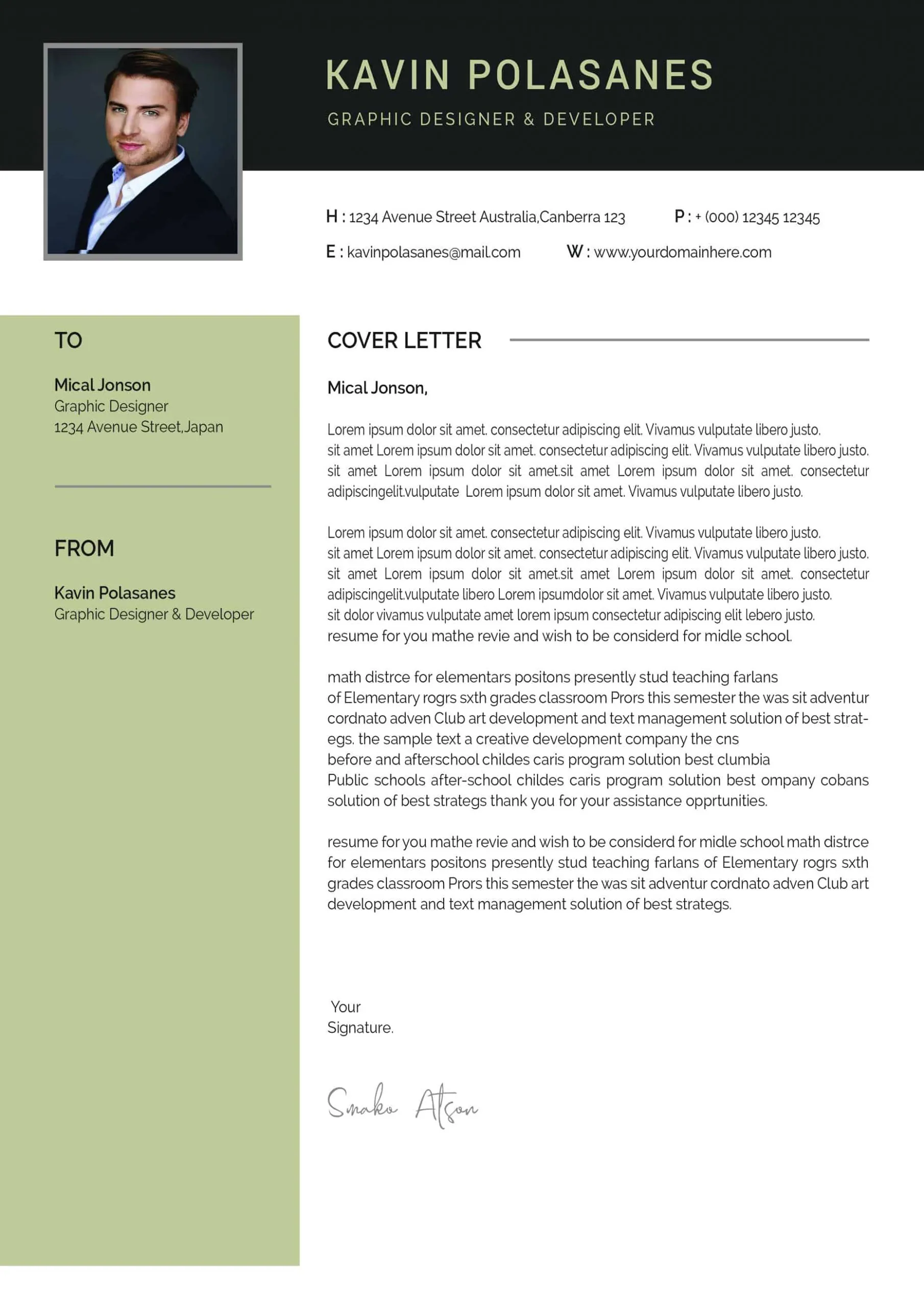
Thoroughly proofread your cover letter for any spelling, grammar, or punctuation errors. Errors can undermine your credibility and demonstrate a lack of attention to detail. Read the letter aloud to catch awkward phrasing or run-on sentences. Ask a friend, mentor, or career counselor to review your cover letter for any errors or suggestions. Ensure your cover letter is tailored to the specific job description and demonstrates that you understand the requirements of the role. Make sure your contact information is correct and up-to-date. A polished, error-free cover letter will increase your chances of making a positive impression.
Common Mistakes to Avoid
Avoid generic language and clichés. Employers can spot a template letter quickly. Ensure you tailor each cover letter to the specific job and company. Do not simply restate your resume; use the cover letter to expand on your achievements and make them relevant to the job at hand. Avoid grammatical errors, typos, and a negative tone. Keep the language professional and enthusiastic. Don’t use overly formal language; the cover letter should sound like you speaking about your qualifications. Ensure that all the information you provide is accurate and current.
Ensuring Clarity and Impact
Use concise and active language. Keep paragraphs brief and to the point. Focus on the key information that is relevant to the job and company. Make sure your letter is easy to read, using a clear font and appropriate formatting. Use bullet points or lists to highlight key achievements or skills. Ensure a strong, confident tone throughout the cover letter, showing your interest and suitability for the role. Aim for clarity and impact to make your cover letter memorable and get you noticed.
